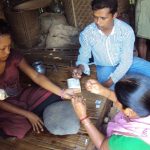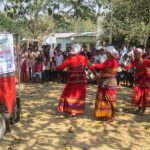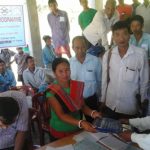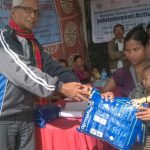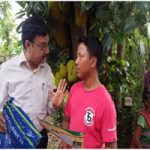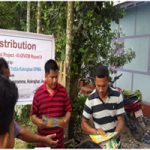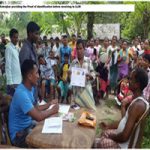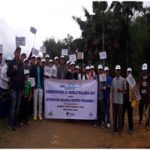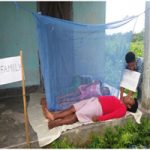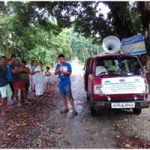
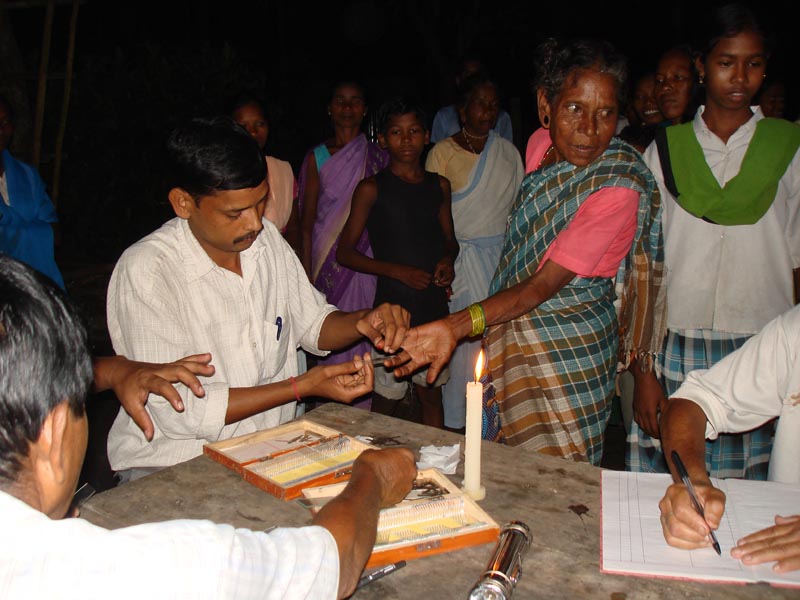


Overview
Process of Implementation
Voluntary Health Association of India (VHAI) with its headquarters in New Delhi is implementing Project IMCP-II in 1074 villages of 13 districts across 4 states in the North East of India. The states are Assam, Arunachal Pradesh, Tripura and Manipur and out of which, the Project activities in Assam and Tripura and its district level is carried out with the support of our SSRs (Sub-Sub Recipient) VHA Assam and VHA Tripura respectively. The project’s well crafted design and strategies ensure one Community Health Volunteer (CHV) in each of the 1074 villages to implement the project activities in these areas.
[show_more more=ReadMore less=Less] The project undertakes various advocacy, communication and social mobilization interventions in order to involve community members and village opinion leaders to:- Strive towards a better health- seeking behavior in the remote communities that are vulnerable to malaria through Behavior Change Communication (BCC) activities
- Distribution and use of effective preventive measures (LLIN) in high risk project areas,
- early parasitological diagnosis (using RDT),
- prompt and effective treatment (using ACT),
- Application of locale and context specific behavior change communication (BCC) activities (using community outreach and inter personal communication).
- Strengthening of program planning and management,
- Monitoring and evaluation,
- Coordination and partnership development and
- Training/ capacity building to improve service delivery in project areas.
IMCP-II Objectives have been targeted to be achieved through some Indicator Reporting. Indicator Reporting is the set of targeted activities for the phase II of IMCP which have been designed with a well researched and scientific study so that it reflects the achievements and efforts poured into the program by the team to eradicate Malaria from the Zone. The Activities, mainly the BCC and the Diagnosis and Treatment are carried out by the designated CHVs (Community Health Volunteers) at the village level with a constant monitoring of their activities by their respective Field Supervisors and the DPOs.
The Indicator Reporting Activities for the Phase II are as follows: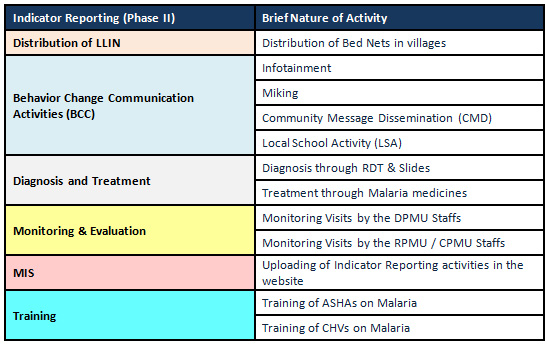
[/show_more]
Geographical Coverage
Annual Review and Planning Meet 2016
The Annual Review and planning meet was held for one and half day wherein all the DPO’s, RPMU Staffs and Two DEO’s were present. From the Head office the Executive Director, Head of finance and also finance and admin officer were present. The PR-Caritas India Director Dr. Shampa Nag had also graced the meeting by her presence along with some of the staffs from Caritas Head Office.
The meeting comprised of the yearlong activities conducted, progress and status of the activities achieved as well as the way forward plan for the upcoming year were thoroughly discussed. The meeting started with Mr. Amitabh Das RPM of North East Office had addressed the welcome note followed by a speech by Dr. Bhatnagar, Strategic Advisor and Executive Director VHAI.
Current Update
- The Prototypes and guidelines were given to the DPO’s
- The Translation was done and shared across
- The DPO’s had to collect the vendors for the different districts.
- Finalization of the vendors.
- Checking the availability of proper documents like bills, vouchers etc
- Sharing of PAN, TIN and Account numbers
- Selection of the centre and place of Wall Paintings
- Sharing of the content to be drawn and the guidelines too to be instructed.
- Sharing of the Plan with the RPMU team.
- DPO and FS to be present while the paintings are conducted.
- Clicking the pictures of Wall paintings.
- Sharing the pictures of Wall paintings.
The CHV trainings have been planned in all the operational areas of VHAI. These trainings have been done in consultation with the District Vector Borne Disease Control Program. A formal letter has been issued to the Joint Director Health Services and through the letter the request for availability of resource person and schedule is also made. There are few areas where the last minute changes have been made on the rescheduling of venue and training dates and the outgoing and incoming letters have been maintained in the DPMU’s. The respective Joint Directors of Health Services further issued letters to the Block PHCs informing about the training to be scheduled. The venues for the CV trainings have been finalized in the respective PHCs.



